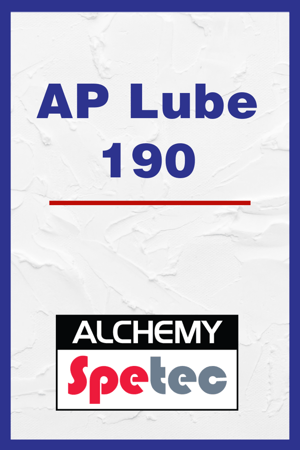

Today’s guest blogger is Bill Stivers, an experienced salesman at Alchemy-Spetec distributor Sunshine Supply.
As a Salesman at Sunshine Supply, I’ve dealt with a lot of leak seal products over the years. But I don’t often get the chance to try them out on my own property. I recently, however, had an issue with a leaking swimming pool in my own back yard. Water was draining through the seams between the slabs of my pool deck and causing erosion. In addition, ground squirrels and rabbits had been digging around the area over the years, causing further issues with soil displacement. The pool deck was destabilized along with the wall surrounding the pool. They had both slipped about a half an inch down a small hill on one side. Some bricks around the pool had settled about 2 inches. My extensive experience in this field told me that this was just the beginning of a much more serious problem. The leaking water had to be contained and the soil around the structures had to be stabilized immediately.
Due to my position at Sunshine Supply, I am familiar with a wide range of leak seal products, and there was one that I knew would be ideal for this job: Spetec PUR H200. We injected deep into the soil on the hillside via 6-foot injection pipes. We used an F-Valve to simultaneously inject water along with the resin to jump-start the reaction process. (The wet soil would have caused the resin to react anyways, but the added water kick started the reaction process for a quicker install of the material.) This process prevents the wall and pool deck from further slippage by stopping the seeping water and stabilizing the supporting soil.
If you live in any of the following areas and want to buy your leak seal supplies from distributors with expert knowledge of the products, make sure you contact Sunshine Supply at any of the following locations:


.png?width=1400&name=Banner%20Bigger%2c%20Better%2c%20Stonger%20-%20The%20Stainless%20Steel%20MixMaster%20Gun%20Block%20(1).png)
.png?width=300&name=Blog%20Bigger%2c%20Better%2c%20Stonger%20-%20The%20Stainless%20Steel%20MixMaster%20Gun%20Block%20(1).png)


 It's important every now and then to take a look at what's popular on the Alchemy-Spetec blog. Topics that are important to other customers may be important to you. Our 3 most popular blog posts in the last 30 days are:
It's important every now and then to take a look at what's popular on the Alchemy-Spetec blog. Topics that are important to other customers may be important to you. Our 3 most popular blog posts in the last 30 days are:

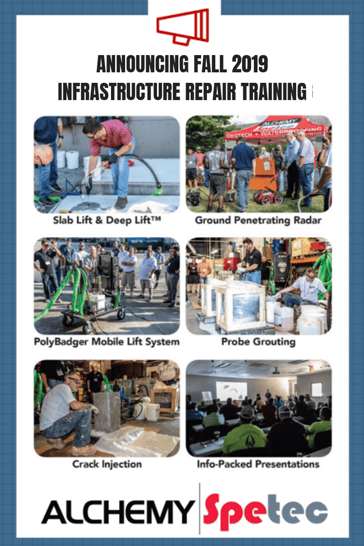 Leak Seal & Geotech Products & Procedures
Leak Seal & Geotech Products & Procedures

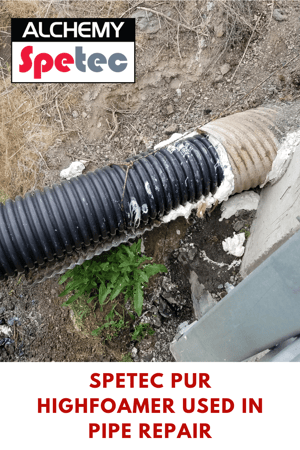 I recently consulted with the city of Othello, WA on an interesting application for the leak seal product
I recently consulted with the city of Othello, WA on an interesting application for the leak seal product 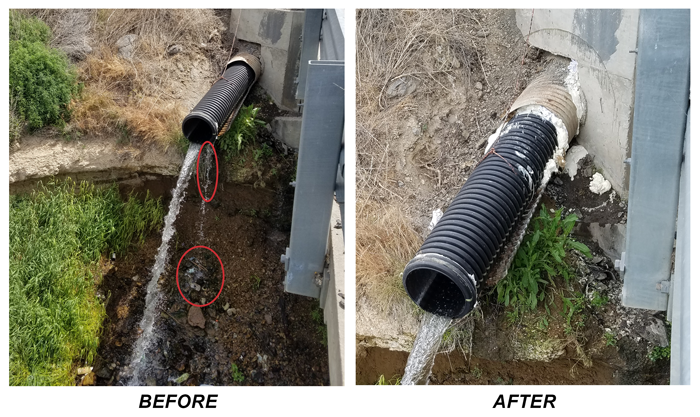




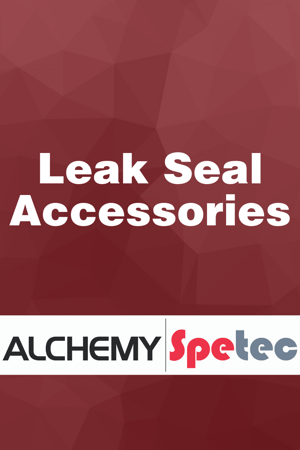 Alchemy-Spetec offers a variety of accessories for use with the leak seal product line. In this post, we'll take a brief tour. If you have any questions about these products, don't hesitate to call us at 404-618-0438.
Alchemy-Spetec offers a variety of accessories for use with the leak seal product line. In this post, we'll take a brief tour. If you have any questions about these products, don't hesitate to call us at 404-618-0438.
 Alchemy-Spetec is pleased to announce a customized version of the popular
Alchemy-Spetec is pleased to announce a customized version of the popular 
.png?width=1400&name=Banner%20AP%20Lube%20190%20(1).png)
.png?width=300&name=Blog%20AP%20Lube%20190%20(1).png)

